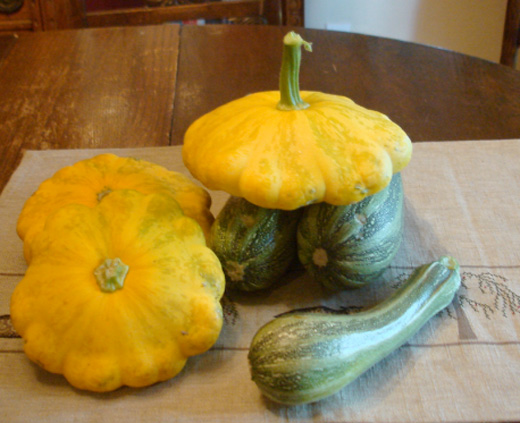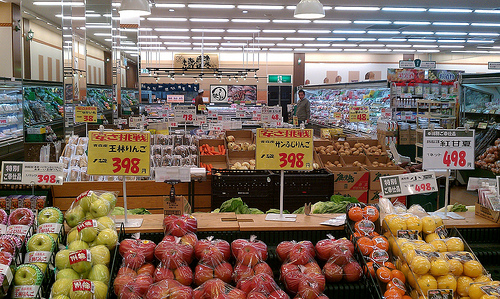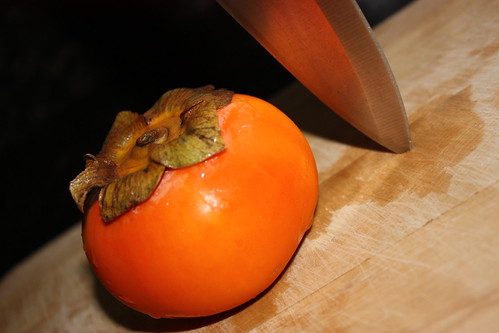Posts Tagged ‘S Market’
Gratitude for Blessings Not Yet Seen
I spent quite a bit of time on my garden rearranging project this past weekend. There’s still a lot left to do, but I did manage to move the berry bed to the north side of the garden, digging up and moving some of the blackberry, boysenberry and Fall Gold raspberry canes. The rest of the canes were planted in a large black tub to winter over. In the early spring, when it’s time to plant I’ll repot them for my front porch farmer’s market or the sale my garden club has each year.
The fruit trees were pruned and given 2 pounds each of gypsum. I spread it around the canopy line and gently scratched it into the soil. Sunday’s steady rain storm will push the nutrients down to the roots to feed them all through the winter.
Our big storm slated to arrive on Saturday evening finally blew in on Sunday and should last for several days. I raked leaves and dug them into the new raised vegetable beds, a foundation of organic matter. Some were piled over the perennial bulbs for protection.
By Saturday afternoon, the only task left to do was to dig up and separate my collection of Iris bulbs. Admittedly this is coming late in the season, but in Southern California Irises can be planted or divided any time of year with great success. Last months hot east winds had battered the Iris foliage, turning it dry and brown; very unsightly. Read the rest of the story »
Zucchini-mania

Our summer weather continues to be cooler than normal, with few days in the 80’s much less over 100. Many of our heat loving vegetables are slow to mature, but cool weather crops like lettuce and peas are flourishing. We have been enjoying the chance to work the farm throughout the day, no need to break during the hottest hours. But, I am still nervous that our temperate summer will turn into a firestorm of searing heat come September and October.
Late summer rows of beets, radishes, and carrots are in the ground. There’ll be big salads well into fall. Onions and garlic will find a home in the newly built beds, later in September. But — the two zucchini plants, started late, are doing well.
When it comes to zucchini nothing compares to a squash picked minutes before eating; not store bought nor farmer’s market. The zucchini along with the single Patty Pan are providing enough squash for this farm of two. It is a delight to fill the house with the smell of zucchini bread baking or the heavenly aroma when we sauté zucchini in lemon juice and garlic.
If I am tempted to pick some up out-of-season it’s usually because we have a craving for this rich and moist quick bread with the warm spicy kick; it’s perfect on a cool fall day or a cold winter night, toasted and slathered with fresh churned butter or a bit of sweet honey.
Since I know I’m not the only one over-run by these prolific little green sticks or golden saucers I’m including our two favorite recipes. Enjoy! Read the rest of the story »
Heart & Soil
What a great way to spend a summer evening. “Heart & Soil”, a sustainable agriculture documentary will take you on a journey into the lives of southwest farmers, energetic farmer’s market and vibrant school lunch programs. The farmers are an inspiration for us all to dig more, grow more or to support those who do.
To learn more about the mission of “Heart & Soil” and their desire to promote local agriculture check out their website at http://heartandsoilfilm.com/index.php



Recent comments
Aenean nonummy hendrerit mauris. Phasellus porta.